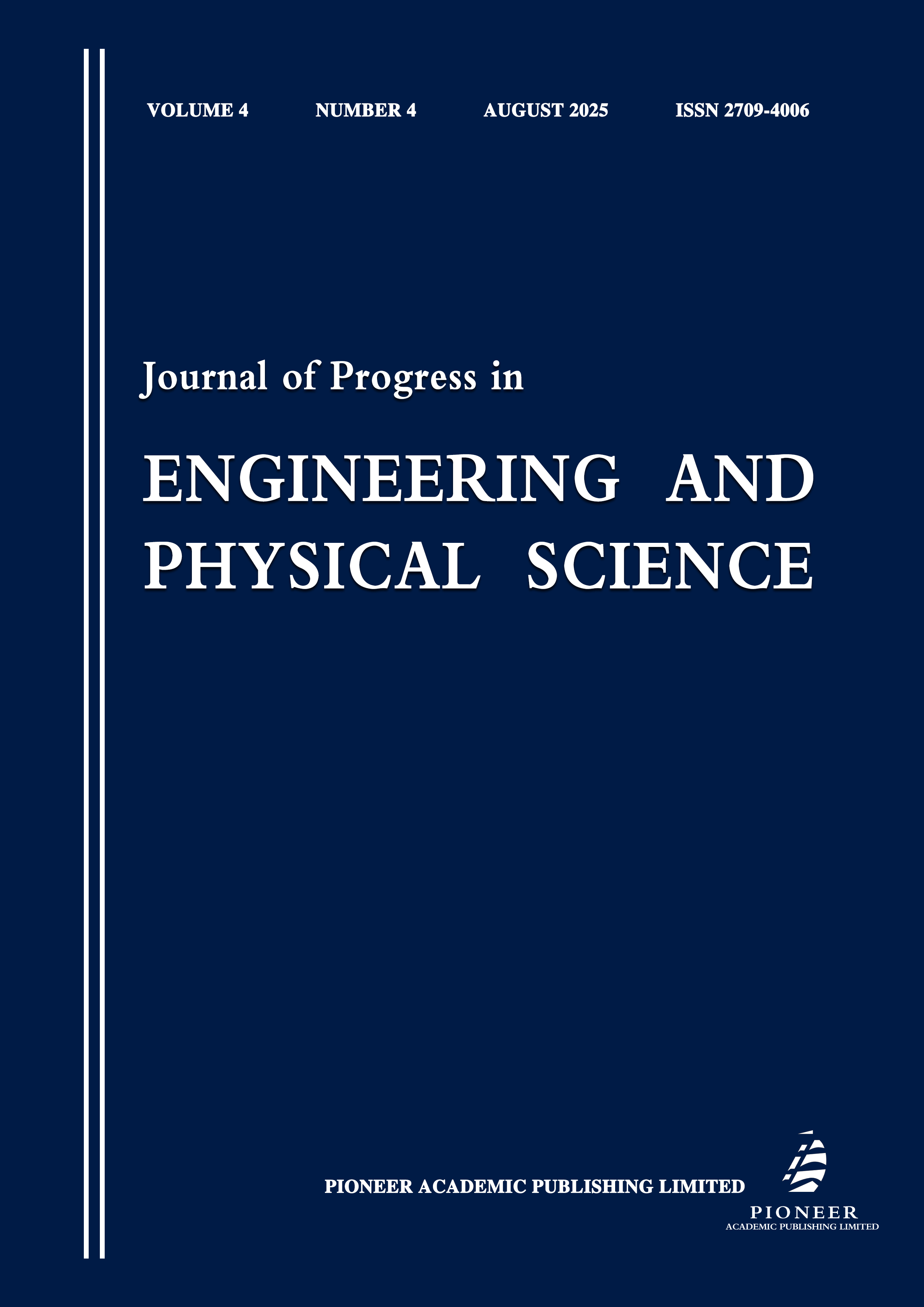Research on the Self-Organization and Automation Mechanism of Cross-Border Supply Chains Empowered by Intelligent Perception and Their Adaptability
DOI:
https://doi.org/10.56397/JPEPS.2025.08.06Keywords:
intelligent perception, cross-border supply chain, self-organization and automation mechanism, dynamic demand adaptation, differentiated adaptation strategies, supply chain transformation, internet of things, big data, artificial intelligence, cross-border e-commerce, logistics optimization, small-batch order responseAbstract
In the context of accelerating global economic integration, cross-border supply chains are confronted with complex challenges such as multi-party involvement, dynamic demand, and rigid processes. Traditional supply chain management models exhibit significant deficiencies in coping with dynamic demand and are unable to efficiently adapt to the rapidly changing market environment. This study focuses on the application of intelligent perception technology in cross-border supply chains, aiming to construct a self-learning and self-optimizing self-organization and automation mechanism to enhance the adaptability of cross-border supply chains to dynamic demand. The study first establishes an intelligent perception system, integrating the real-time data acquisition capability of intelligent workstation systems, multi-category product feature recognition technology, and the dynamic tracking function of cross-border orders, to build a ubiquitous perception network covering suppliers, logistics providers, and customers, thereby providing robust data support for self-organizing decision-making. Based on this, a self-organization and automation mechanism is designed. By investigating the automation rule engines of various supply chain stages, a closed-loop mechanism of “demand triggering-resource matching-process reconfiguration-performance feedback” is constructed to achieve adaptive scheduling of multi-category products in cross-border scenarios, with a particular focus on breaking through the challenge of rapid response to small-batch, high-frequency orders.


